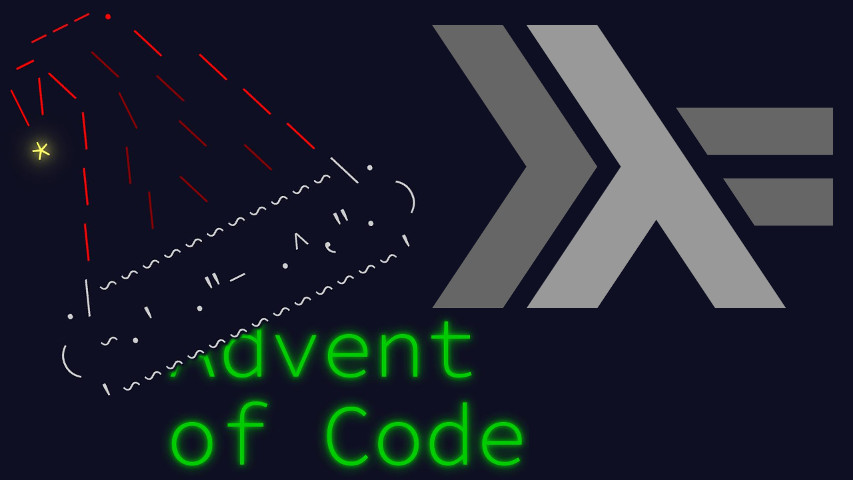On Advent of Code’s 3rd day, we are to perform simple duplicate detection among various parts of the input. First between two halves of a line, then between three adjacent lines.
As usual, this post is literate Haskell post, with a few imports to get out of the way.
import Control.Category ((>>>))
import Data.Char (isUpper,ord,toLower)
import Data.List (foldl1',intersect,nub)
import Data.List.Split (chunksOf)There’s really nothing complicated at all in today’s puzzle. How do we score a resulting common letter? By applying the formula given in the problem statement, that’s how:
prioritize :: String -> Int
prioritize [c] =
ord (toLower c) - ord 'a' + 1
+ 26 * fromEnum (isUpper c)With that out of the way, we can just write a solving pipeline:
main :: IO ()
main = interact $
lines >>>
flip ($) >>>
flip map [part1,part2] >>>Ok, so that [part1,part2] is where we’re going to do the
magic. That magic consists in doing what’s different between the two
parts, namely: converting the list of input lines into the list of sets
to compare for common letters.
Once we have those, we can actually identify the dupe:
map (
map (nub . foldl1' intersect) >>>I’m using nub because, of course, the input is evil
enough to ensure there’s a single letter in common between all sets, but
when it’s there it’s often replicated.
Next we can score and display:
map prioritize >>>
sum
) >>>
showPart 2 actually has the easier case: we’re simply comparing lines by sets of 3.
part1,part2 :: [String] -> [[String]]
part2 = chunksOf 3In part 1, we’re comparing left versus right, which has us write out trivial string manipulation before we’re there:
part1 = map halve where
halve s = [take h s,drop h s]
where h = (length s `div` 2)And… that’s it.
I hope you enjoyed it, even though there’s really not much here. Let’s meet tomorrow, for what’ll definitely be a more interesting problem!



